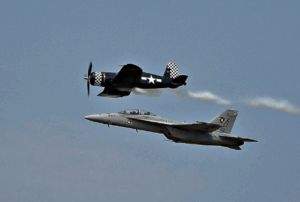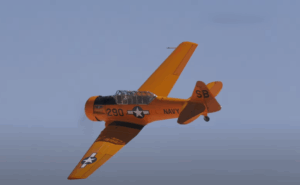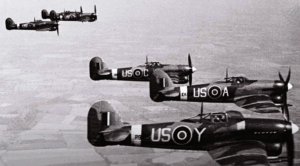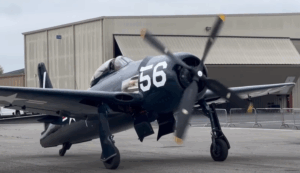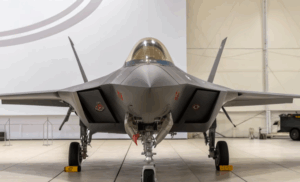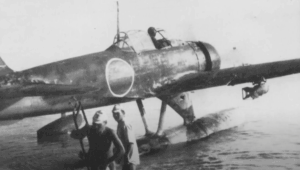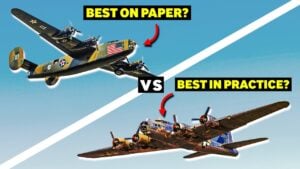Why Swing Wing Planes Aren’t Made Anymore
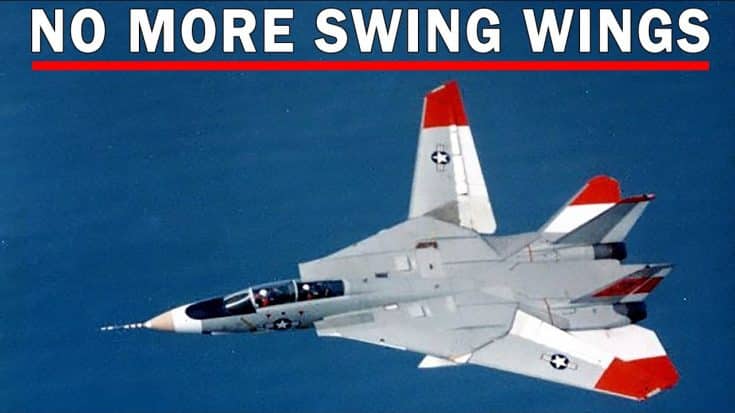
YouTube / Curious Droid
From the mid-60s up until 1981, swing-wing aircraft paved the way for a new multi-role jet that has the efficiency and the low-speed stability of a straight wing, as well as the high performance of a swept wing.
However, from 1981 onwards, there was no single jet that was built with a swing-wing design anywhere in the world. Why aren’t swing-wing planes ’t built anymore?
Origins Of The Swing-Wing

To understand why swing-wing aircraft became important, we have to go back to mid-1935 when German aeronautical researcher Adolf Busemann worked on air flows and how they affected wings and propellers.
Wings that time were straight and perpendicular to the fuselage with lift and stability as their primary goals.
Busemann discovered that if a wing was swept back, it would delay the onset of wave drag, a form of aerodynamic drag that significantly increases as the wing travels at the speed of sound.

Operation LUSTY
After the war concluded in 1945, Operation LUSTY (LUftwaffe Secret TechnologY) was set up by the USAF to evaluate aeronautical technology.
This was split into two teams, and it was here that the second team came across Busemann’s work. Realizing the importance of the data, they investigated the concept that eventually led to the remodeling of the B-47 Stratofortress with swept-back wings rather than straight wings.

A recovered Messerschmitt Me P.1 101 was also found to have a variable sweep wing although this could only be changed on the ground and not during flight. The plane was bought to the US and studied by Bell Aircraft which recreated it and became the basis of the 1951 Bell X-5.
Swing-Wing Technology
Barnes Wallace’s team would later create swing-wing technology. This was shown to NASA and along with the Bell X-5, lead to the development of the 1964 F-111 Aardvark, the world’s first swing-wing aircraft to be put into production.

The Soviet Union also ended up creating its own versions and ended up making 10,922 swing-wing aircraft to America’s 1,379. In 1981, Tupolev created their even bigger Soviet version of the B1, the Tupolev Tu-160. However, it would also eventually become the last aircraft to use swing-wing technology.
Pivoting To Stealth
While products of their time, swing-wing designs were also heavier, more complex, and cost more maintenance.

No matter how swing-wing designs were tweaked, one thing they were poor at was being stealthy. A swing-wing design, because of the constant change in the wing profile, could never be made truly stealthy.















